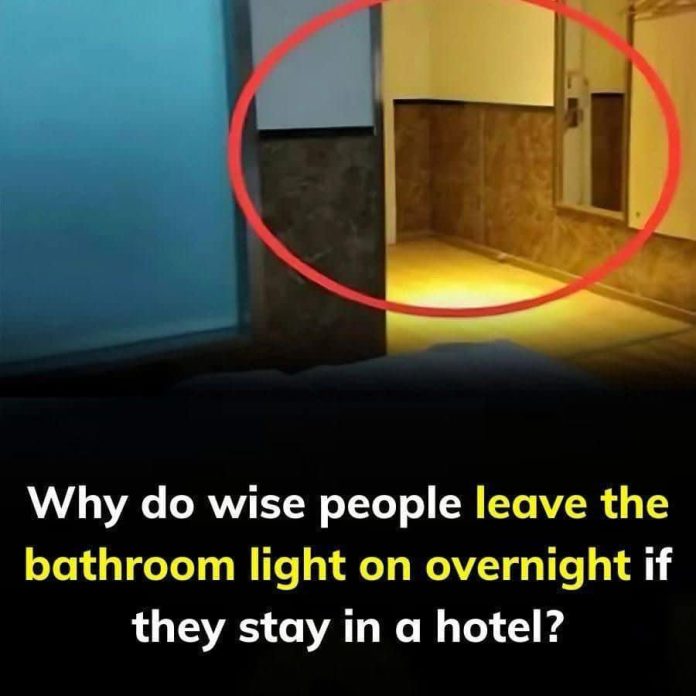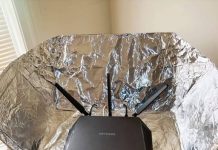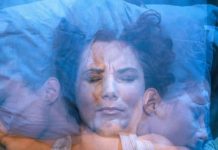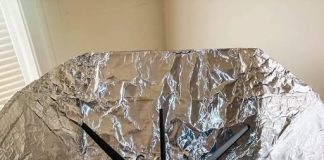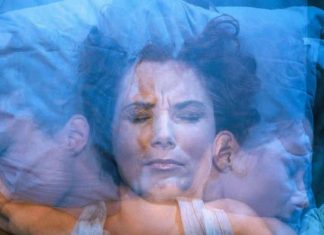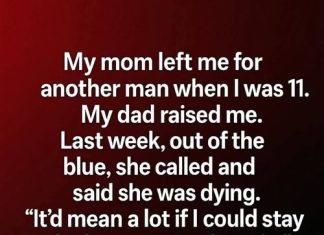Traveling, especially when staying in new or unfamiliar places, can sometimes disrupt your sleep, leaving you feeling disoriented when you wake up. This phenomenon, known as sleep disorientation, is common for those who frequently change their sleeping environment, such as business travelers or frequent vacationers. Luckily, pilots, flight attendants, and other travel professionals often share useful tips to help ease this transition. One such tip, shared by Pilot Ron Wagner, involves a simple yet effective hack to improve your sleep quality during travel. By leaving the bathroom light on while you sleep, you can avoid confusion and better orient yourself if you wake up in the middle of the night. This article explores how this small change can help prevent disorientation and ensure a more restful sleep during your travels.
Travel Hack for Better Sleep: Why You Should Leave the Bathroom Light On
Traveling, whether for business or leisure, can often leave you disoriented, especially when you find yourself in unfamiliar places. It’s not uncommon to wake up in a hotel or new location, feeling momentarily confused about where you are. This phenomenon is often referred to as sleep disorientation, and it affects many travelers, particularly those who frequently change their sleeping environments. Luckily, flight attendants, pilots, and other travel experts often share their insights on how to make these journeys more comfortable. One helpful tip comes from Pilot Ron Wagner, who recently shared a simple travel hack that could make a significant difference in how you sleep while traveling.
The Pilot’s Sleep Hack: Keep the Bathroom Light On
Ron Wagner, an experienced pilot, revealed a useful tip on Quora that he uses to combat sleep disorientation. According to Wagner, keeping the bathroom light on when staying in a hotel or new place can help orient your brain, making it easier to acclimate to your surroundings during the night. This light provides enough of a visual cue to help you remember where you are, reducing the chances of confusion or panic if you wake up in the middle of the night.
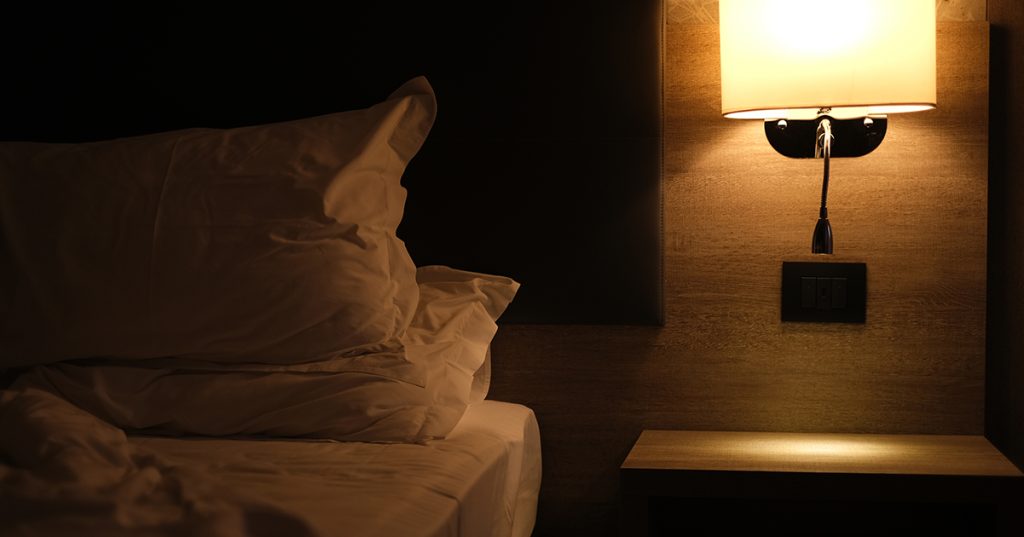
How the Hack Works: A Small Light Can Make a Big Difference
Wagner explains that the trick is to have a small amount of light in the room, enough to give you a reference point. If the hotel curtains don’t block the light fully, you don’t need to worry about turning on a bathroom light. The key is ensuring that there’s a sliver of light somewhere in the room to help you recall your location. Wagner notes that even with a tiny light, the brain can use it as a reference, and this can make a big difference when you wake up disoriented.
Even with his years of flying experience, Wagner admits that he still occasionally wakes up and wonders what city he’s in. However, he finds that the slightest hint of light gives him the orientation he needs to remember where he is, without the panic that can come from complete darkness. This simple trick can help you wake up and instantly recognize your surroundings, giving you peace of mind.
The Science Behind Sleep Disorientation
Although sleep disorientation isn’t a formally recognized medical condition, it’s similar to a phenomenon known as “confusional arousal,” a term used to describe episodes of disorientation during the transition from deep sleep to waking. Around 20% of adults and children experience this condition at least once, as outlined by Very Well Health. The cause of this disorientation is believed to be related to brain function, where different regions of the brain fail to communicate properly when waking. Some parts of the brain remain in a sleep state, while others begin to awaken, creating a sense of confusion.
The symptoms of confusional arousal can vary but often include confusion, slurred speech, aggression, and a blank stare. While this might sound alarming, these episodes typically last for only about 10 minutes. It is important to note that these episodes are not necessarily harmful, but they can feel unsettling when they occur.
What Happens in the Dark: Personal Experience
Wagner shared a personal story that helps put his sleep hack into perspective. He recalls an experience where he woke up in a completely dark hotel room and was unable to find his bearings. He needed to use the bathroom, but without any light to guide him, he was left trying to figure out where the wall was, where the lamp was, and which direction to head toward the bathroom. The feeling of total disorientation made him realize how crucial it is to have even the slightest bit of light in a dark room.
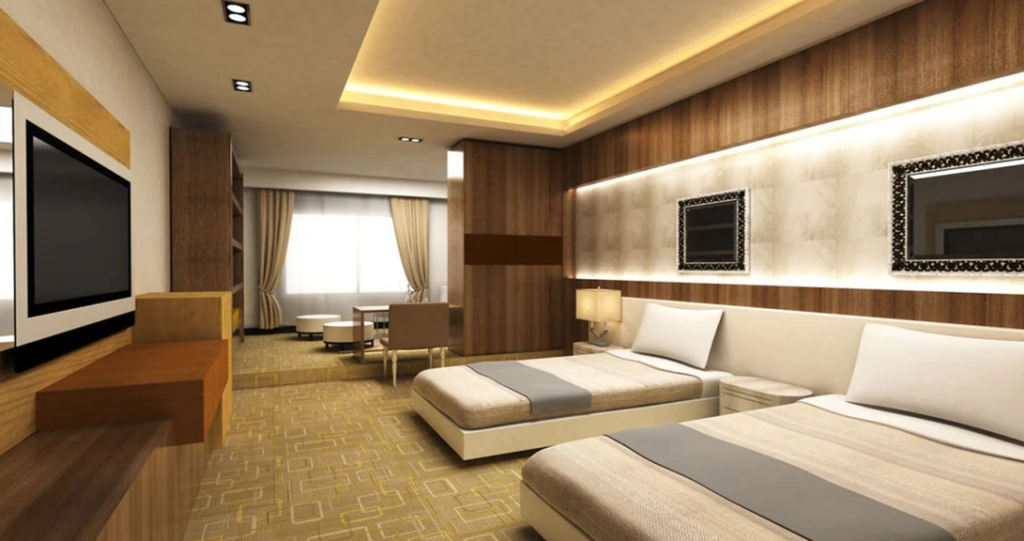
Adding More Perspective: Simple Yet Effective
The travel hack, which involves keeping the bathroom light on with the door slightly ajar, is a small but effective way to combat disorientation. The faint light that seeps through the crack in the door provides just enough of a visual cue to help you recognize your surroundings and feel more at ease. While it’s not necessary to use the bathroom light specifically, any light source in the room will do. Even a small, subtle glow can make a world of difference when it comes to orienting yourself in an unfamiliar place.
Conclusion: A Simple Solution for Better Sleep
In conclusion, keeping a bathroom light on when staying in hotels or unfamiliar places is a simple yet effective travel hack that can help you avoid the confusion and anxiety associated with sleep disorientation. With this small adjustment, travelers can ensure a more peaceful night’s rest and wake up feeling oriented and calm. Whether you’re a frequent flyer like Wagner or simply someone who enjoys the occasional getaway, this travel hack might just be the key to better sleep during your trips.

